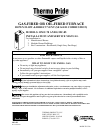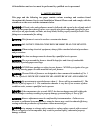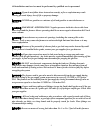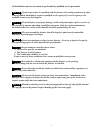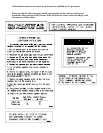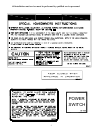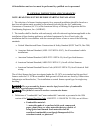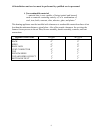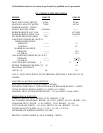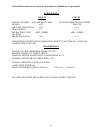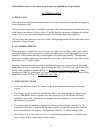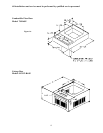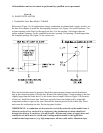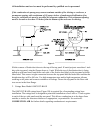
All installations and services must be performed by qualified service personnel.
7
II. GENERAL INSTRUCTIONS AND CLEARANCES
NOTE: READ THIS SECTION BEFORE STARTING INSTALLATION
1. The selection of a furnace heating capacity for a proposed installation should be based on a
heat loss calculation made according to the manuals provided by the Air Conditioning
Contractors of America (ACCA) or the American Society of Heating, Refrigeration and Air
Conditioning Engineers, Inc. (ASHRAE).
2. The installer shall be familiar with and comply with all codes and regulations applicable to the
installation of these heating appliances and related equipment. In lieu of local codes, the
installation shall be in accordance with the current provisions of one or more of the following
standards.
a. Federal Manufactured Home Constructions & Safety Standard (HUD Total 24, Part 280).
b. American National Standard (ANSI-119.2/NFPA-501C), for all recreational vehicle
installations.
c. American National Standard (ANSI-Z223.1/NFPA-54), for all gas-fired furnaces.
d. American National Standard (ANSI-Z95.1/NFPA-31), for all oil-fired furnaces.
e. American National Standard Electric Code (ANSI-C1/NFPA-70), for all electrical field
wiring.
The oil-fired furnace has been investigated under the UL 307A test standard and the gas-fired
furnace under the UL 307B test standard. Both gas and oil fired units are listed by Underwriters
Laboratories and described as, “For installation as central furnace special type for single story
dwelling.”
: The area around the furnace must be kept free and clear of combustible
materials, especially papers and rags.
: This furnace is not to be used as a construction heater.
1. Definitions of "combustible" and "non-combustible" materials as presented in the 1996
version of the National Fuel Gas Code, ANSI Z223.1-1996/NFPA 70-1996, are as follows:
a. Combustible material:
“...materials made of or surfaced with wood, compressed
paper, plant fibers, or other materials that are capable of
being ignited and burned. Such materials shall be
considered combustible even though flameproofed, fire-
retardant treated, or plastered.”



